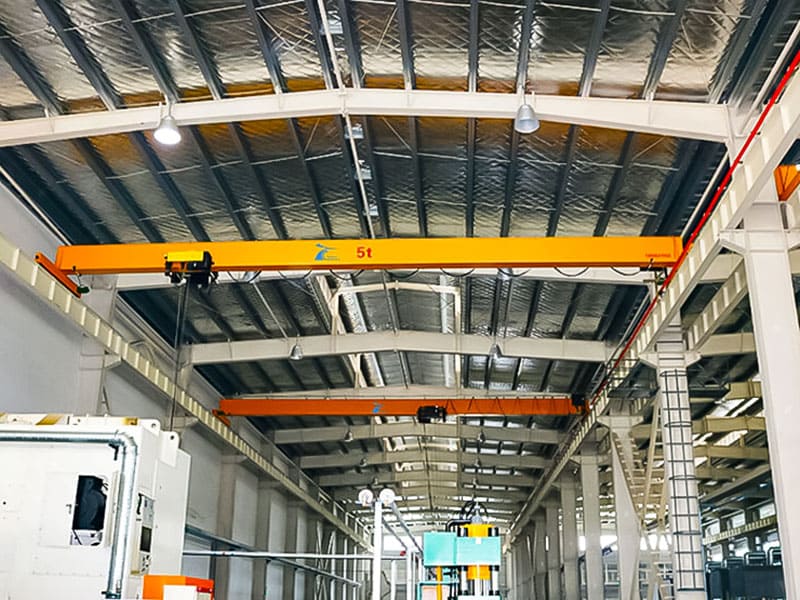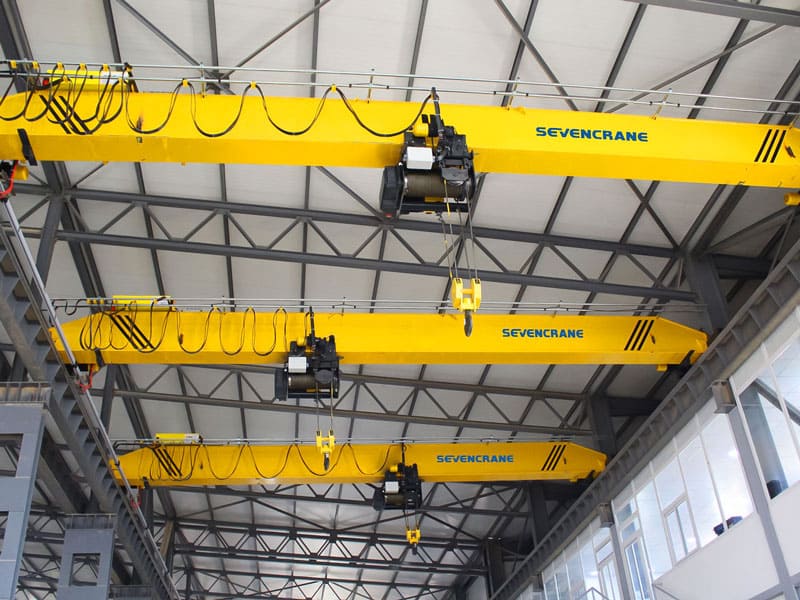Introduction
Selecting the right single girder bridge crane is crucial for optimizing material handling operations. Several factors must be considered to ensure the crane meets your specific needs and operational requirements.
Load Capacity
The primary consideration is the crane's load capacity. Determine the maximum weight you need to lift and ensure the crane can handle slightly more than this maximum load. Overloading a crane can lead to mechanical failures and safety hazards, so it’s essential to choose a crane with an adequate load capacity.
Span and Lift Height
Consider the span (the distance between the runway beams) and the lift height (the maximum vertical distance the hoist can travel). The span should match the width of the workspace, while the lift height should accommodate the highest point you need to reach. Ensure that the crane can cover the entire operational area effectively.
Operating Environment
Evaluate the environment in which the crane will be used. Consider factors such as indoor or outdoor use, temperature variations, humidity levels, and exposure to corrosive substances. Choose a crane designed to withstand these conditions. For harsh environments, look for cranes with robust construction and corrosion-resistant materials.


Crane Speed and Controls
The speed at which the crane operates is another crucial factor. Select a crane with appropriate hoist, trolley, and bridge travel speeds to match your operational needs. Additionally, consider the control system – whether you need a manual, pendant control, or a more sophisticated remote control or automation system.
Installation and Maintenance
Consider the ease of installation and the maintenance requirements of the crane. Opt for a crane that is straightforward to install and maintain, ensuring minimal downtime. Check for the availability of spare parts and the manufacturer’s support for after-sales service.
Safety Features
Safety is paramount when choosing a single girder bridge crane. Look for cranes equipped with safety features such as overload protection, limit switches, emergency stop buttons, and anti-collision systems. These features help prevent accidents and ensure the safe operation of the crane.
Conclusion
By carefully considering these key factors – load capacity, span and lift height, operating environment, crane speed and controls, installation and maintenance, and safety features – you can select a single girder bridge crane that meets your specific needs, ensuring efficient and safe material handling operations.
Post time: Jul-23-2024









